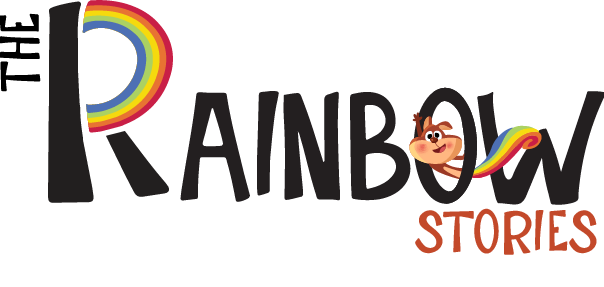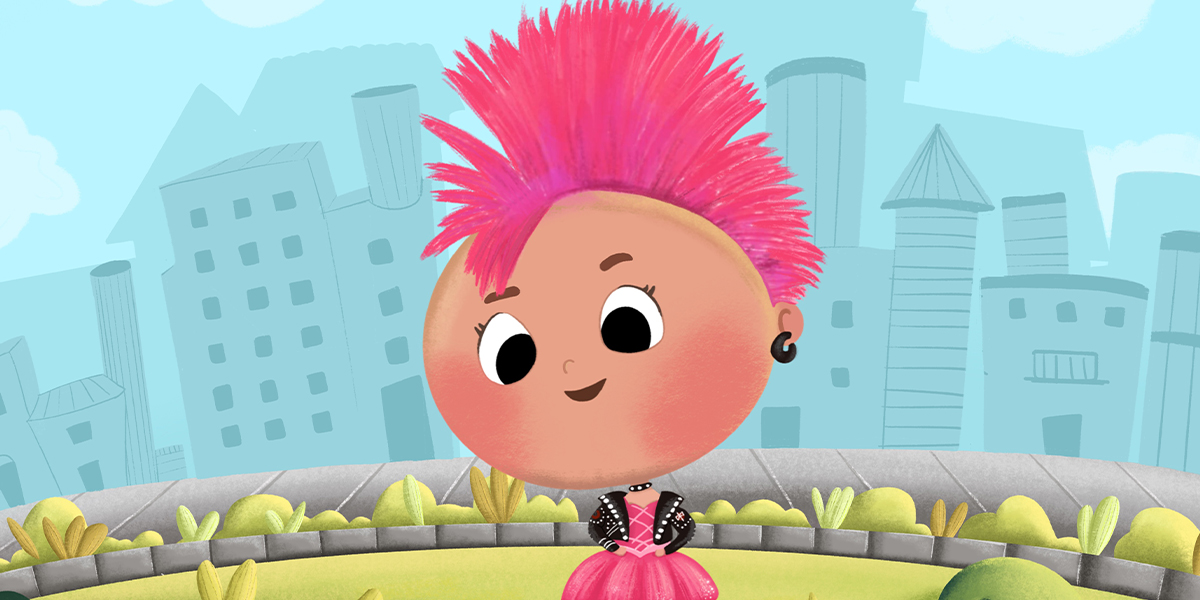A standout Fantasy Book Cover Design serves as the gateway to a magical realm, promising readers an adventure even before they begin reading. Your cover must feel enchanting and purposeful, blending spellbinding visuals with clear storytelling cues. In this guide, you’ll explore how to craft fantasy book covers with artistic depth, engaging layouts, and marketing savvy.
The Core Pillars of Fantasy Book Cover Design
Typography, Mood & Imagery
Creating unforgettable fantasy book covers starts with three key elements: typography, mood, and imagery. Use ornate serif or Gothic fonts to evoke ancient magic. Pair them with a mood-driven color scheme—forest greens, regal purples, or stormy blues. Then layer in symbolic or narrative imagery: a crown, dragon’s wing, or enchanted forest. This balanced combination signals your book’s tone and genre immediately.
Subgenre-Specific Cover Styles
1. Adult/Epic Fantasy
For epic tales, think grand scale castles, fearsome creatures, sweeping landscapes. Choose rich, saturated hues (emeralds, crimson, gold) and bold illustrations. These fantasy covers convey scope and depth, ideal for middle-grade or young adult fantasies as well.
2. YA & Middle-Grade Fantasy
Character-driven and colorful, these fantasy book covers feature young heroes or magical companions. Warm pastels or bright jewel tones reflect youthful wonder. A hint of magical creature or artifact enhances the narrative feel.
3. Urban Fantasy
Mix cityscapes with supernatural elements—neon-lit streets, shadow creatures, or magical glyphs. A moody yet vibrant color scheme with blues, purples, and neon accents suits both young and older audiences, especially those drawn to magical realism.
4. Dark Fantasy
For darker tales aimed at teens, use chiaroscuro lighting, shadowy silhouettes, and muted but rich tones (deep browns, blood reds). Gothic elements archways, ravens, broken swords enhance the mystery without overt horror.
Design Techniques to Elevate Magical Appeal
Symbolic Imagery & Minimalism
Modern Fantasy Book Cover Design often favors symbolic representation over character portraits. A single meaningful object—cracked crown, enchanted map, glowing crystal can spark intrigue.
Typography as Art
Treat your title like a magical sigil: integrate serifs, filigree, or rune-inspired accents into the letters. This transforms the title from text into design, enhancing visual interest and reinforcing genre cues.
Thumbnail & Full-Size Legibility
Your cover must be striking at thumbnail size online and reveal detail in print. Bold contrasts, clear fonts, and simplified compositions work best, while subtle textures and highlights provide depth up close.
Tools & Workflow for Fantasy Book Covers
Concept Sketching
Create rough sketches for layout, typography placement, and iconography. Plan your spine width, bleeds, and back cover text in advance for seamless composition.
Digital Execution
Use Procreate or Photoshop for illustration; finalize in Illustrator or InDesign. Arrange assets in high-resolution (300 dpi, CMYK) for print-ready files, including front, spine, and back cover design.
Back Cover Layout
Plan the back cover for synopsis text and ISBN placement. Use a smaller version of front imagery or a complementary motif. Maintain a cohesive color scheme across the spine and back.
Bring Your Children’s Story to Life with Magical Book Cover Design
Partner with Expert Book illustrators at The Rainbow Stories who are specialize in creating lovable characters and enchanting scenes for picture books and early readers.
Finding & Collaborating with Artists
Hiring Options
Decide between premade templates, stock illustrations, or hiring a freelance artist. Websites like Reedsy connect authors with professional illustrators experienced in fantasy book cover design.
Collaboration Tips
Provide a clear brief: share mood boards, sample styles, and color preferences. Keep feedback constructive and objective. Mock-ups help ensure alignment on expectations.
Testing & Reader Feedback
Thumbnail & Print Testing
View your design at thumbnail size as it appears on retailers, then inspect the full-size. Look for readability and emotional impact.
Community Feedback
Share cover drafts with fantasy-loving readers, writing groups, or genre-specific forums. Use feedback to refine imagery balance, typography, and overall mood.
Inspiration from Renowned Fantasy Artists
- Thomas Canty: Romantic, Pre‑Raphaelite inspired, dreamlike compositions.
- Les Edwards: Gothic realism, dramatic lighting, moody portraiture.
- Gervasio Gallardo: Surreal, symbolic painting for the Ballantine Adult Fantasy series.
Study their work for understanding tone-setting imagery, color use, and decorative typography.
Premium Editions & Collector Appeal
Deluxe fantasy book covers for collector editions often include foil stamping, embossing, sprayed edges, and exclusive illustrations. These finishes elevate physical appeal and make books tactile treasures.
Key Takeaways & Action Steps
- Combine typography, imagery & color scheme wisely—each communicates magic and genre.
- Prioritize legibility at both thumb and print sizes.
- Use symbolic imagery for intrigue and timelessness.
- Collaborate with the right artist, with clear communication.
- Gather feedback from genre readers and adjust accordingly.
- Consider premium finishes for deluxe editions targeting collectors.
Conclusion
Mastering Fantasy Book Cover Design means blending art and marketing—creating a visual portal that draws readers into your world. By combining symbolic imagery, ornate typography, and mood-driven color choices, you craft a cover that not only captures attention but communicates your story’s heart.
Use modern tools, feedback loops, and artist collaboration to polish your design, and don’t neglect the spine and back cover elements. With careful attention and creative vision, your cover becomes a beacon of enchantment among best fantasy book covers—inviting readers into realms of wonder and adventure. So Visit The Rainbow Stories and get the best Book Cover Design services.

